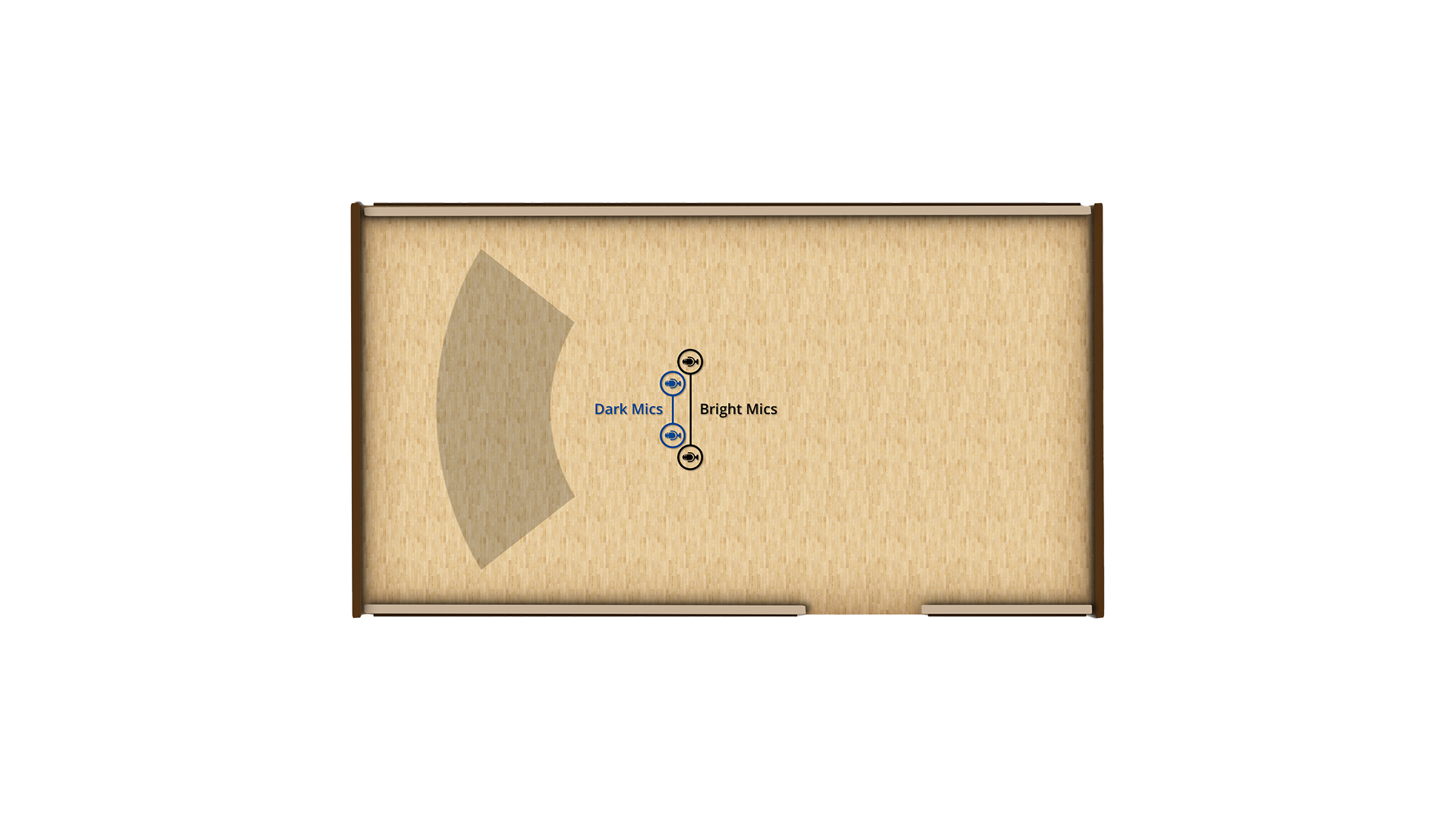
Uniting the Best of Both Worlds
Epic lushness or subdued elegance? Soaring Hollywood strings that fill the big screen or the immediacy of a close mic’d smaller ensemble? Why settle for one when you can have both?
Opposites attract, after all, and with Synchron Duality Strings, they don’t just complement each other – they elevate one another. Each collection of the series features a large ensemble recorded in the world-class acoustics of Stage A and a smaller one captured in the tight, controlled environment of Stage B. Performing together, perfectly in sync, they cover the full spectrum: from regular articulations to subtle flautandos, from muted tones to fingerboard-burning virtuosity, from bold intensity to restrained passion. These versatile string collections have far more in store for you than just double the possibilities – they form a 'Dynamic Duo' that provides an exceptional, life-like string sound with a host of options.
Discover the Series
Synchron Duality Strings (regular)
Full
Standard
Synchron Duality Strings (sordino)
Full
Standard
Synchron Duality Strings (colors)
Full
Standard
Synchron Duality Strings (virtuoso)
Full
Standard
Overview
Two string ensembles, one performance
Lush Hollywood-proven and direct, immediate strings
Ensembles recorded separately at Synchron Stage A and B, playing together
52 Players in Stage A + 27 players in Stage B = 79 in total
Seamlessly blendable
Use them in combination or separately
Multiple dark and bright mics, additional ribbon mics and “room” presets

Synchron Duality Strings (regular)
Synchron Duality Strings (sordino)
Synchron Duality Strings (colors)
Synchron Duality Strings (virtuoso)
Synchron Duality Strings (fx)


/synchron-duality-strings-regular-thumbnail_7Fy6o0bdJf.webp)
/synchron-duality-strings-sordino-thumbnail_7Fy6o0bdJf.webp)
/synchron-duality-strings-colors-thumbnail_7Fy6o0bdJf.webp)
/synchron-duality-strings-virtuoso-thumbnail_7Fy6o0bdJf.webp)













